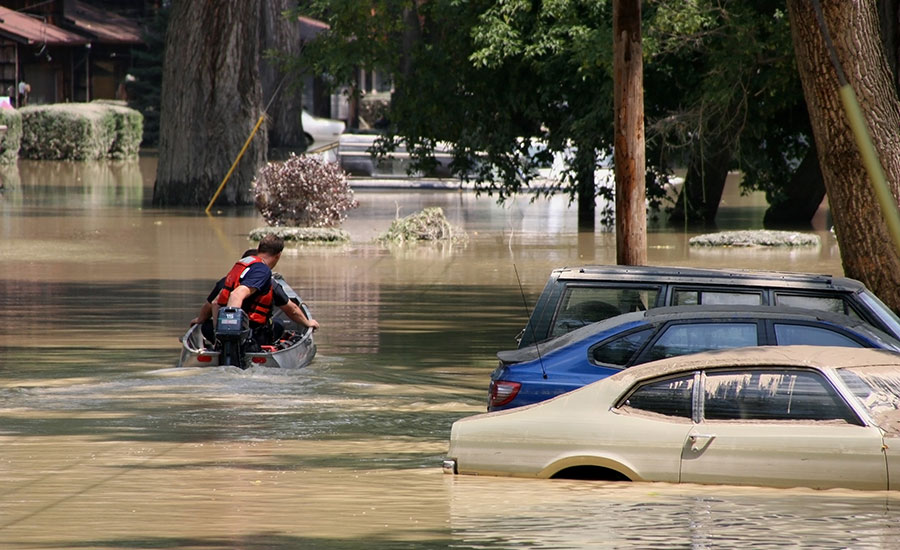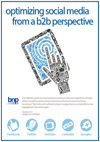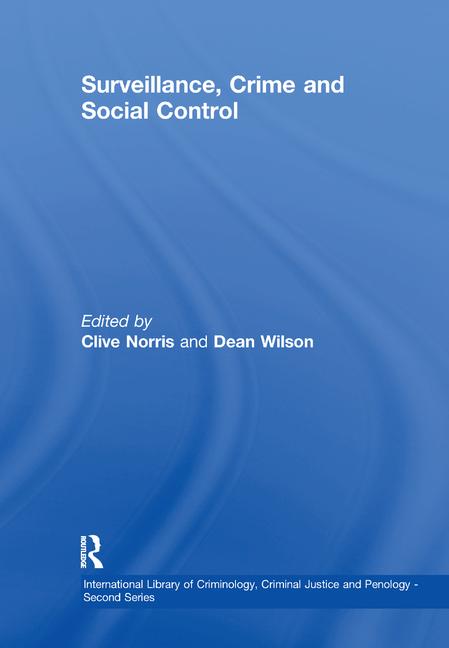Federal Authorities Missed Nearly Half of Social Media Distress Calls during Harvey

Researchers at Rice University’s Kinder Institute for Urban Research found that FEMA overlooked thousands of such requests posted on Twitter.
The Kinder Institute for Urban Research tracked more than one million tweets from August 25 through September 8, 2017 and found some 5,200 rescue requests. The researchers learned FEMA missed 46 percent of those requests. As a result, FEMA’s post-disaster analysis listed many areas as safe that actually flooded.
“This information was available,” says Carlos Villegas, a Kinder Institute staff researcher and co-author of the report. “The next disaster – God forbid, the next one comes – we shouldn’t be thinking about this kind of stuff when it happens. We should be thinking about it now and setting up systems, so we can get this information as it’s being disseminated, as it’s being tweeted, as people are asking for rescues.”
According to the report:
Immediate damage estimates based on FEMA models can miss areas of heavy impact. Augmenting initial models with real-time analysis of social media and crowdsourced information can help identify
overlooked areas. Twitter-sourced estimates were virtually available as people tweeted distress signals, of these parcel-level damage estimates, 46 percent were not captured by FEMA estimates.
Social media accounts have become an essential tool for both information and calls for assistance during storms and other crises. This role will only increase.
In order to take advantage of this information, public agencies should proactively create structures and plans to include it in recovery analysis.
Social media and emergency crowdsourced sites can support normal channels of emergency communication, such as the 911 system, which can become overwhelmed during large disaster events.
Data agreements between cities, corporations and research entities are a valuable asset to save time and create robust and accurate damage assessments.
Looking for a reprint of this article?
From high-res PDFs to custom plaques, order your copy today!







